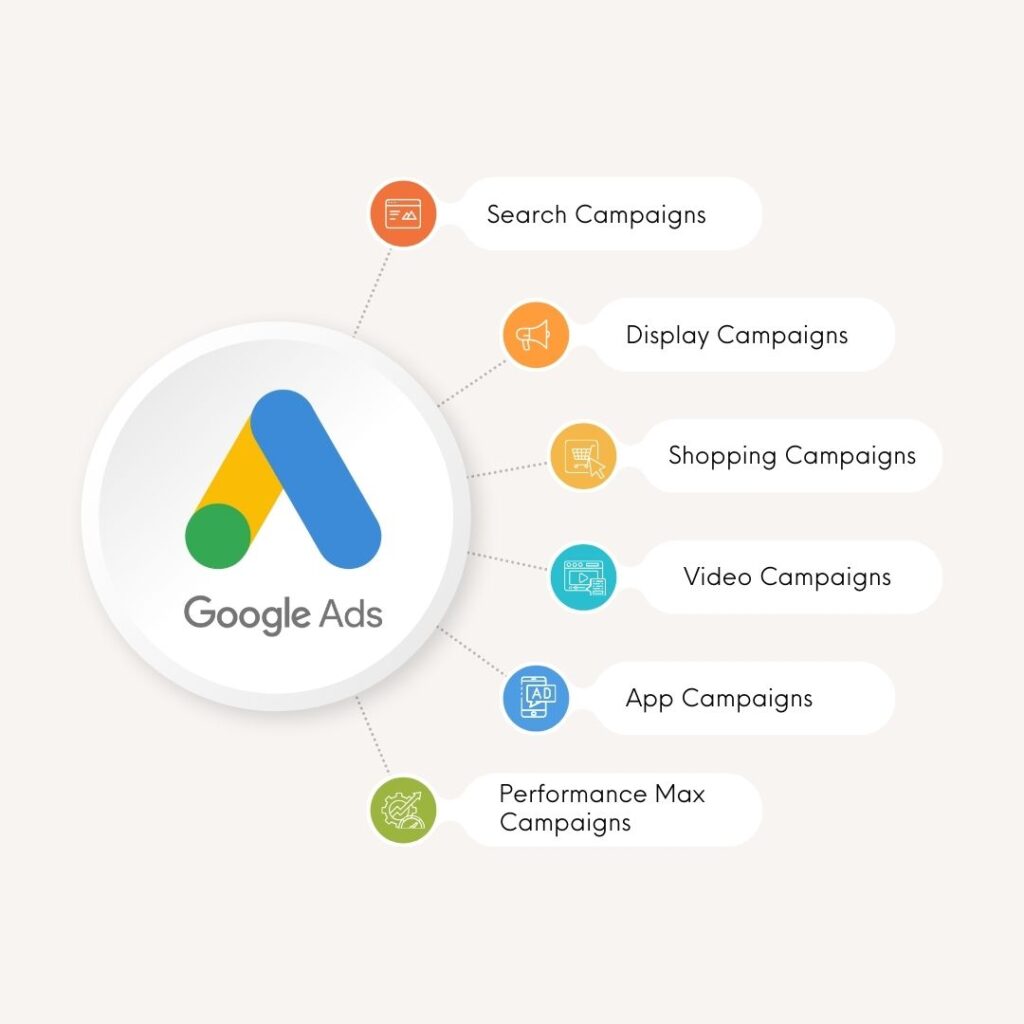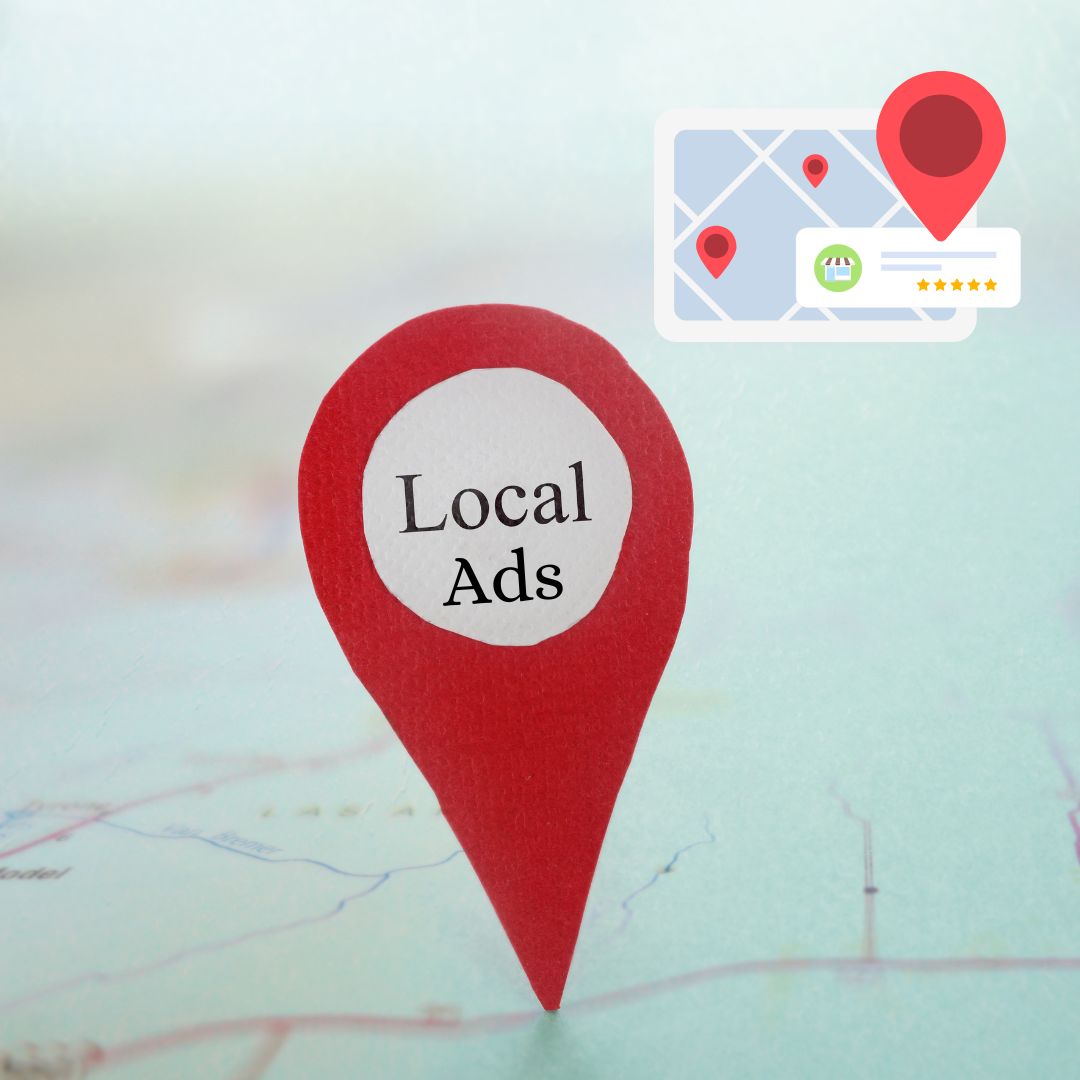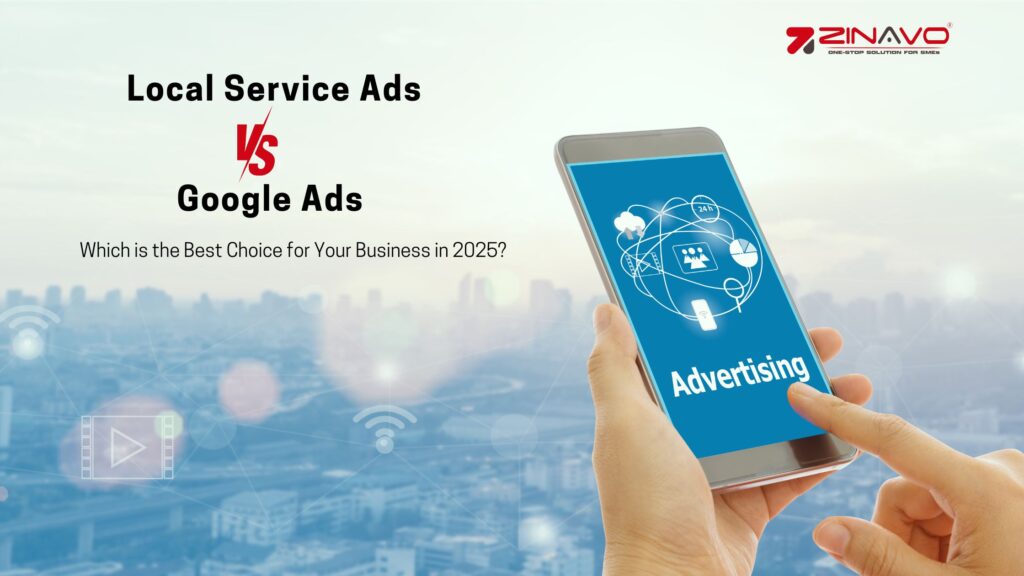Local Service Ads vs Google Ads: Which is the Best Choice for Your Business in 2025?
Introduction:
When it comes to digital marketing services, choosing the right advertising strategy can make a significant difference for local businesses. Google Ads and Local Service Ads are two powerful options, but each serves different purposes. Understanding the key differences between them can help you decide which is the best fit for your business.
What Are Google Ads?
Google Ads is a comprehensive advertising platform that lets businesses display ads on Google’s search engine results page and its network of partner websites. Businesses bid on specific keywords and only pay when users click their ads (Pay-Per-Click or PPC). Google Ads offers flexibility in targeting, ad formats, and the ability to reach a broader audience, making it a versatile option for businesses.

What Are Local Service Ads?
Local Service Ads are designed specifically for local service providers, such as plumbers, electricians, and cleaners. These ads appear at the top of Google’s search results and are highly localized. They display essential information about the business, such as the name, phone number, hours, and customer reviews, allowing potential customers to contact businesses quickly. Local Service Ads help small businesses stand out by providing more visibility in their local area.

The key differences Between Local Service Ads and Google Ads
- Service Type:
- Local Service Ads: Ideal for service-based businesses like plumbing, home repairs, and legal services.
- Google Ads: Suitable for businesses in various industries, both local and global.
- Pay-Per-Lead vs. Pay-Per-Click:
- Local Service Ads: Businesses only pay when a potential customer contacts them directly through the ad.
- Google Ads: Charges businesses based on clicks, regardless of conversion.
- Ad Format:
- Local Service Ads: Includes business name, contact details, and reviews directly in the ad.
- Google Ads: Can be text, image, or video ads and are more flexible.
- Targeting:
- Local Service Ads: Focuses on geographic areas and specific service types.
- Google Ads: Offers broader targeting, including keywords and demographics.
- Ad Management:
- Local Service Ads: Simplified setup and management, making it accessible for beginners.
- Google Ads: Offers more customization and control but requires more expertise.
Costs: Local Service Ads vs Google Ads
Local Service Ads operate on a pay-per-lead basis, with costs depending on the service type and location. Google Ads, however, uses a pay-per-click model, and costs can vary widely depending on the competition for keywords.
Pros and Cons of Local Service Ads
Pros:
- Pay-per-lead model ensures you only pay for actual customer inquiries.
- Quick and easy setup.
- Ideal for mobile users searching for local services.
Cons:
- Limited control over ad copy and targeting.
- Fewer customization options than Google Ads.
Pros and Cons of Google Ads
Pros:
- Full control over ads, keywords, and targeting.
- Suitable for both local and global reach.
- Multiple ad formats, including video and image ads.
Cons:
- Can be expensive, especially in competitive industries.
- Requires a higher level of expertise to optimize effectively.
Conclusion: Which Should You Choose?
Choosing between Local Service Ads and Google Ads depends on your business type and advertising goals. Local Service Ads are excellent for service-oriented businesses looking to attract local leads with a cost-effective pay-per-lead model. Google Ads, on the other hand, offers greater flexibility and reach, but it can be more complex and expensive.
Carefully assess your business needs, budget, and the level of control you want over your advertising strategy before making a decision. You can explore both options to find the best fit for your business.



